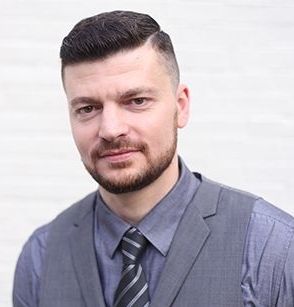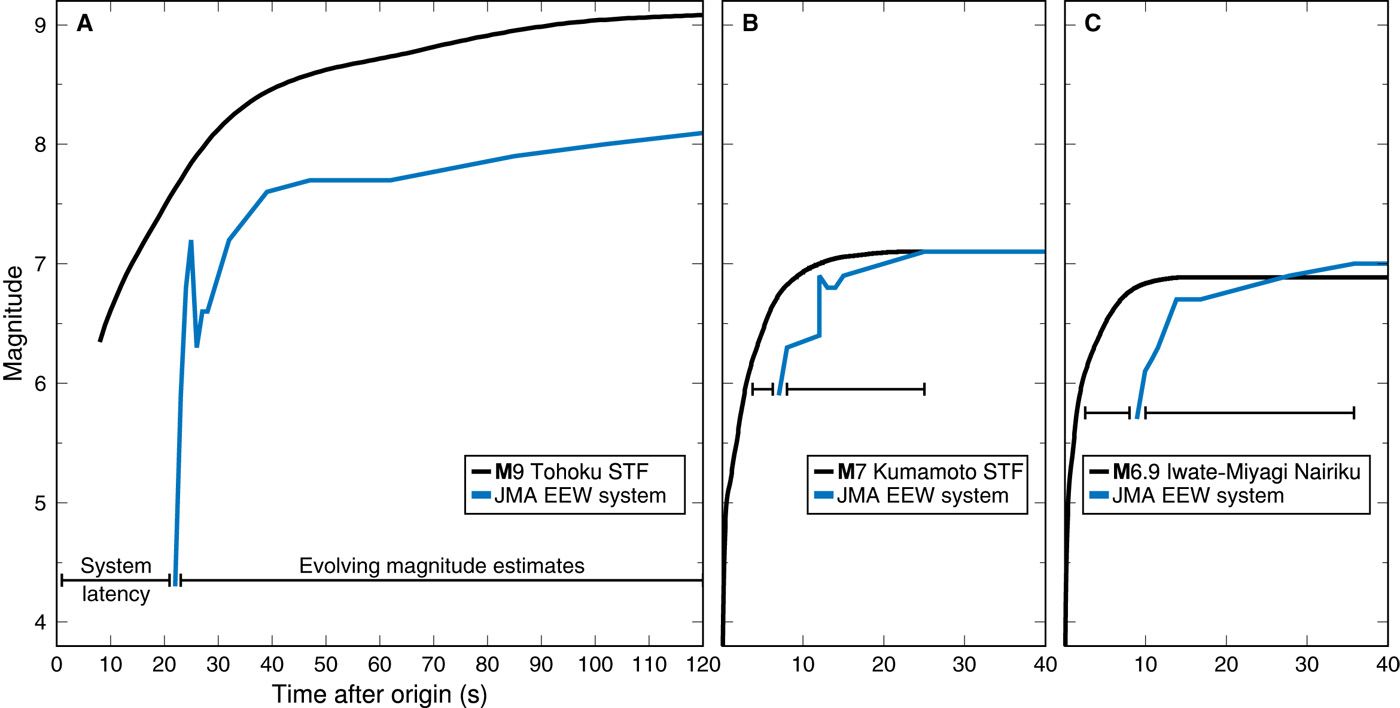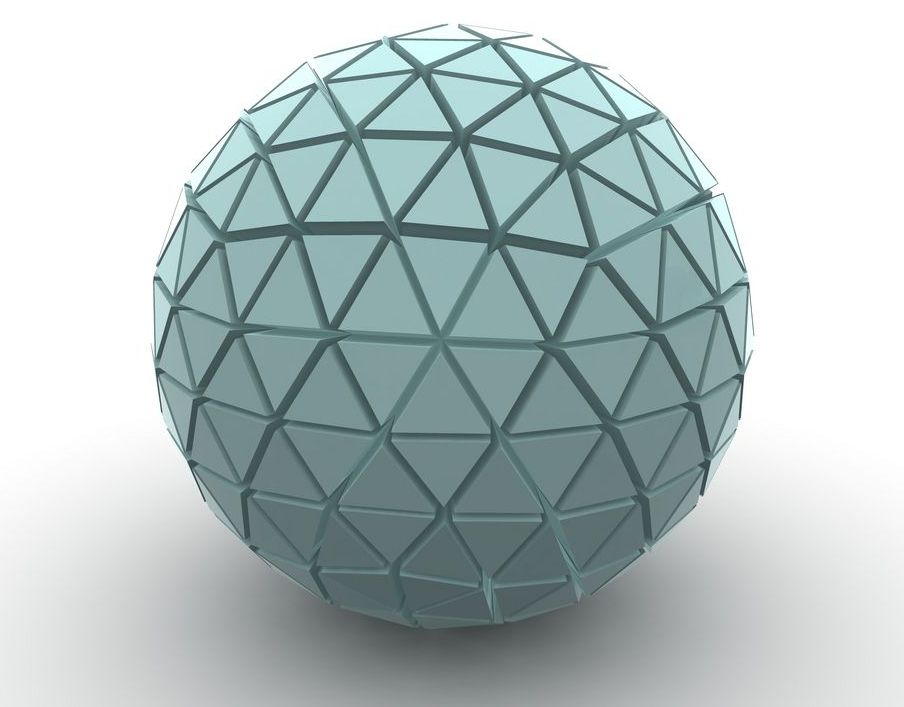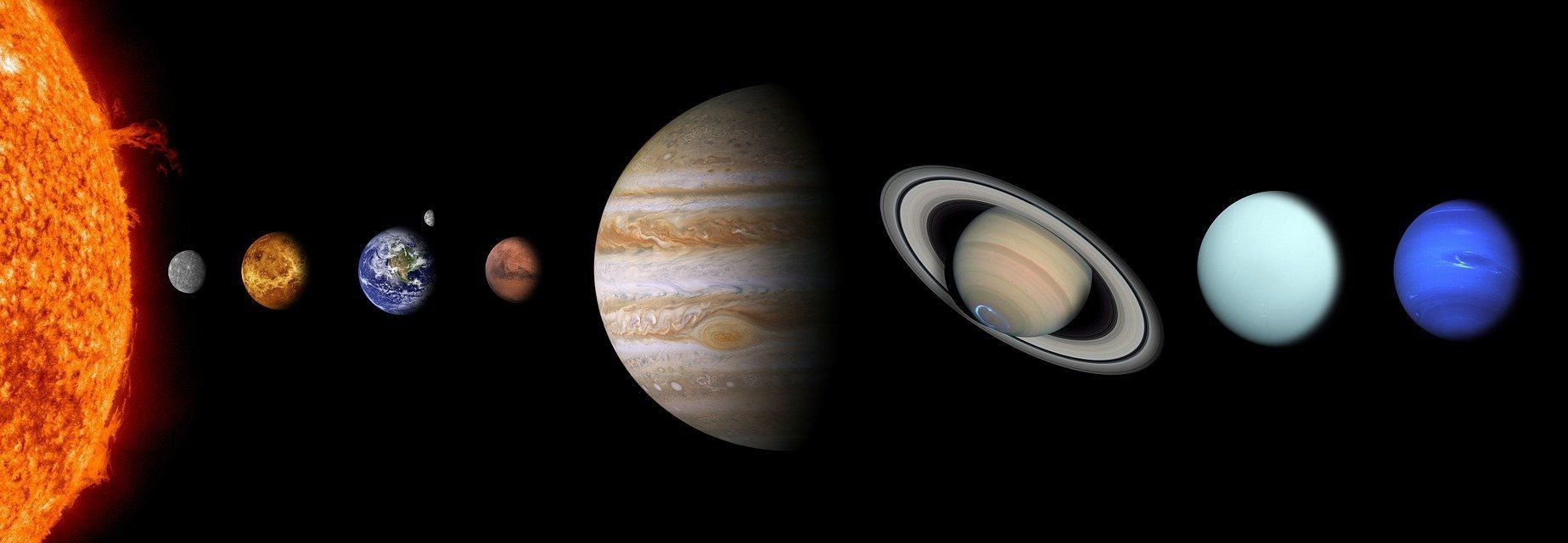Page 8879
Mar 22, 2018
10 Amazing Robots in Space Right Now (In Pictures)
Posted by Genevieve Klien in categories: robotics/AI, space
Robots, including floating spheres and spacewalkers, are performing critical tasks for astronauts and researchers as we speak.
Mar 22, 2018
SICE researchers part of grant to grow quantum information science
Posted by Genevieve Klien in categories: computing, engineering, particle physics, quantum physics, science
Researchers from the School of Informatics, Computing, and Engineering are part of a group that has received a multi-million dollar grant from IUs’ Emerging Areas of Research program.
Amr Sabry, a professor of informatics and computing and the chair of the Department of Computer Science, and Alexander Gumennik, assistant professor of Intelligent Systems Engineering, are part of the “Center for Quantum Information Science and Engineering” initiative led by Gerardo Ortiz, a professor of physics in IU’s College of Arts and Sciences. The initiative will focus on harnessing the power of quantum entanglement, which is a theoretical phenomenon in which the quantum state of two or more particles have to be described in reference to one another even if the objects are spatially separated.
“Bringing together a unique group of physicists, computer scientists, and engineers to solve common problems in quantum sensing and computation positions IU at the vanguard of this struggle,” Gumennik said. “I believe that this unique implementation approach, enabling integration of individual quantum devices into a monolithic quantum computing circuit, is capable of taking the quantum information science and engineering to a qualitatively new level.”
Continue reading “SICE researchers part of grant to grow quantum information science” »
Mar 22, 2018
What would happen if the Yellowstone volcano erupted? How catastrophic blast could impact the world
Posted by Genevieve Klien in category: futurism
Watching this closely.
By.
Mar 22, 2018
Unique communication strategy discovered in stem cell pathway controlling plant growth
Posted by Genevieve Klien in categories: biotech/medical, food, genetics
A team of plant geneticists at Cold Spring Harbor Laboratory (CSHL) has identified a protein receptor on stem cells involved in plant development that can issue different instructions about how to grow depending on what peptide (protein fragment) activates it.
This is the first such multi-functional receptor found to work in this way to control plant development. The new findings obtained by CSHL Professor David Jackson and colleagues may have important implications for efforts to boost yields of essential food crops such as corn and rice.
Plant growth and development depend on structures called meristems — reservoirs in plants that contain stem cells. When prompted by peptide signals, stem cells in the meristem develop into any of the plant’s organs — roots, leaves, or flowers, for example. These signals generally work like a key (the peptide) fitting into a lock on the surface of a cell (the protein receptor). The lock opens momentarily, triggering the release of a chemical messenger inside the cell. The messenger carries instructions for the cell to do something, such as grow into a root or flower cell or even stop growing altogether. Conventionally, one or more peptides fit into a receptor to release a single type of chemical messenger.
Mar 22, 2018
The limits of earthquake early warning: Timeliness of ground motion estimates
Posted by Genevieve Klien in categories: physics, robotics/AI, transportation
The basic physics of earthquakes is such that strong ground motion cannot be expected from an earthquake unless the earthquake itself is very close or has grown to be very large. We use simple seismological relationships to calculate the minimum time that must elapse before such ground motion can be expected at a distance from the earthquake, assuming that the earthquake magnitude is not predictable. Earthquake early warning (EEW) systems are in operation or development for many regions around the world, with the goal of providing enough warning of incoming ground shaking to allow people and automated systems to take protective actions to mitigate losses. However, the question of how much warning time is physically possible for specified levels of ground motion has not been addressed. We consider a zero-latency EEW system to determine possible warning times a user could receive in an ideal case. In this case, the only limitation on warning time is the time required for the earthquake to evolve and the time for strong ground motion to arrive at a user’s location. We find that users who wish to be alerted at lower ground motion thresholds will receive more robust warnings with longer average warning times than users who receive warnings for higher ground motion thresholds. EEW systems have the greatest potential benefit for users willing to take action at relatively low ground motion thresholds, whereas users who set relatively high thresholds for taking action are less likely to receive timely and actionable information.
Earthquake early warning (EEW) systems rapidly detect and characterize ongoing earthquakes in real time to provide advance warnings of impending ground motion. They use the information contained in the early parts of the typically low-amplitude ground motion waveforms to estimate the ensuing and potentially large-amplitude ground motion. Because EEW alert information can be transmitted faster than seismic wave propagation speed, such ground motion warnings may arrive at a target site before the strong shaking itself, thereby providing invaluable time for both people and automated systems to take actions to mitigate earthquake-related injury and losses. These actions might range from simple procedures like warning people to get themselves to a safe location to complex automated procedures like halting airport takeoffs and landings.
Mar 22, 2018
New algorithm will allow for simulating neural connections of entire brain on future exascale supercomputers
Posted by Genevieve Klien in categories: information science, mathematics, neuroscience, supercomputing
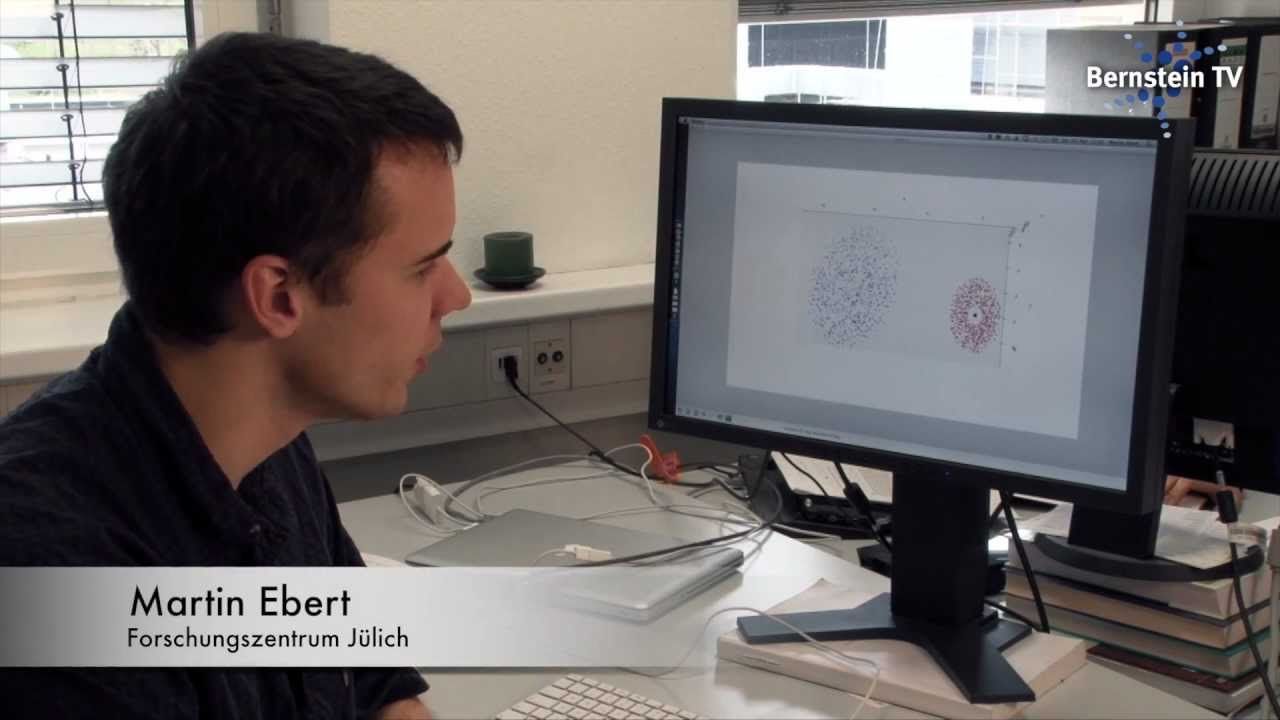
Amazing.
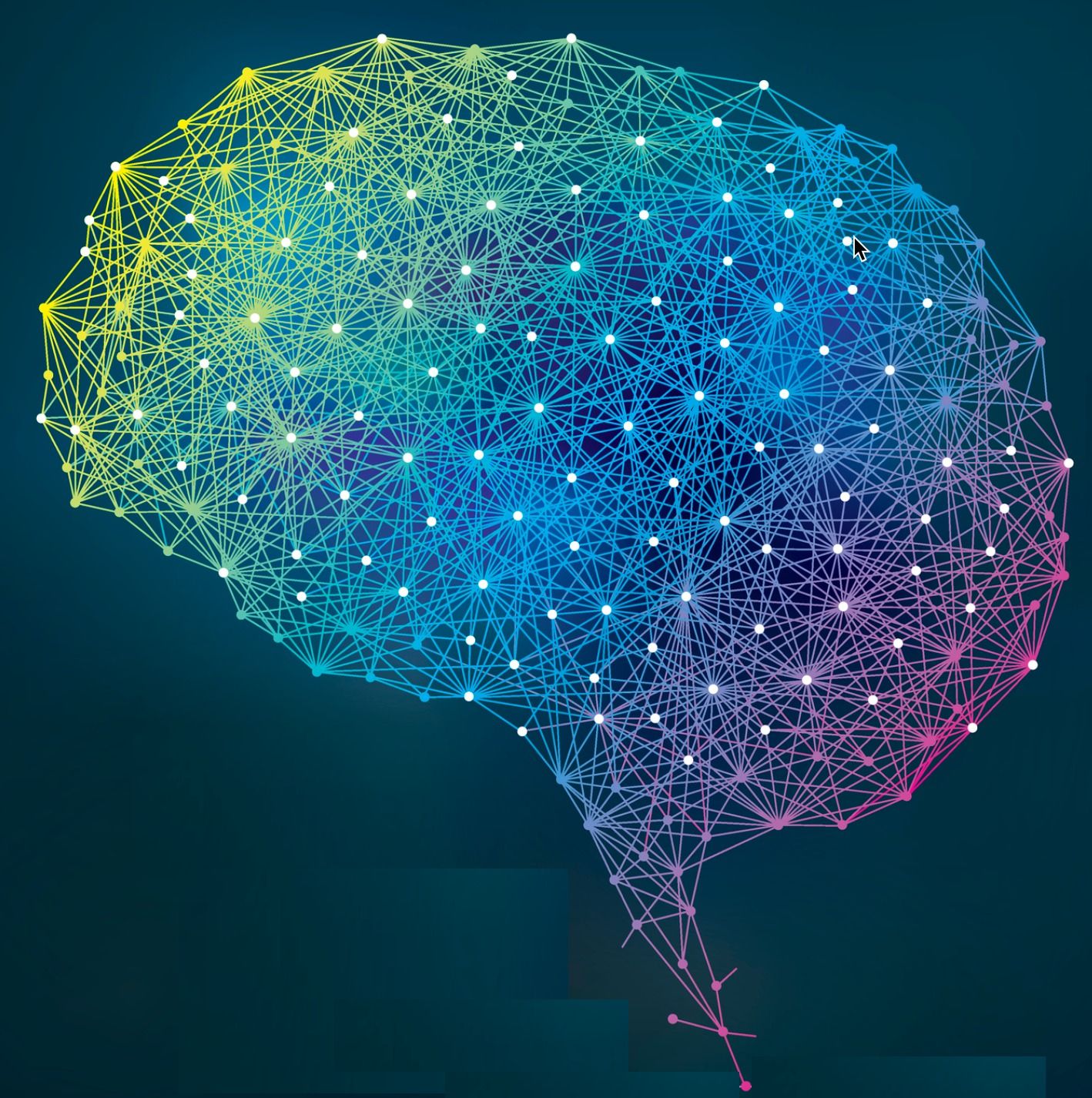
Mar 22, 2018
Biological Cells Fused with Artificial Cells
Posted by Steve Hill in categories: bioengineering, biological
For the first time in history, researchers have fused artificial cells with biological cells in a way that lets them work together. This opens the door for a variety of new possibilities and applications.
Fusing biological and artificial cells
The research team at Imperial College London uses a system that encapsulates biological cells within an artificial cell. Using this approach, the team can harness the ability of biological cells to produce chemicals while offering them protection from the environment.
Continue reading “Biological Cells Fused with Artificial Cells” »
Mar 22, 2018
Transhumanism VS Christianity (Full Exclusive Interview)
Posted by Zoltan Istvan in categories: cosmology, transhumanism
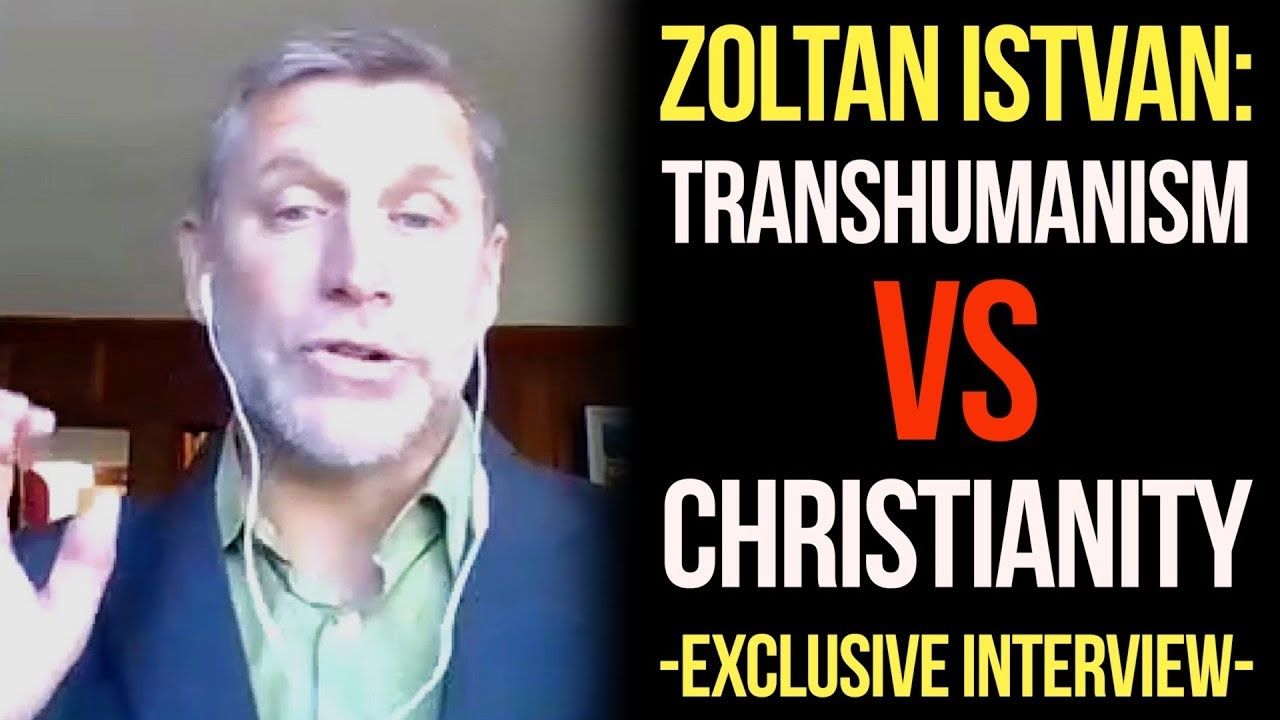
Just Out: I did an hour long interview with Josh Peck of Into the Multiverse on Skywatch TV. Josh is a Christian #libertarian and this interview covers a variety of subjects including the compatibility of #Christianity & #Transhumanism, as well as my CA Governor run:
http://skywatchtv.com PLEASE SUBSCRIBE AND SHARE! Here is the full exclusive interview of Zoltan Istvan by Josh Peck on the topic of transhumanism vs Christianity.
Continue reading “Transhumanism VS Christianity (Full Exclusive Interview)” »
Mar 22, 2018
New theory to explain why planets in our solar system have different compositions
Posted by Genevieve Klien in categories: education, space
A team of researchers with the University of Copenhagen and the Museum für Naturkunde, Leibniz-Institut für Evolutions has come up with a new explanation regarding the difference in composition of the planets in our solar system. In their paper published in the journal Nature, they describe their study of the calcium-isotope composition of certain meteorites, Earth itself, and Mars, and use what they learned to explain how the planets could be so different. Alessandro Morbidelli with Observatoire de la Côte d’Azur in France offers a News & Views piece on the work done by the team in the same journal issue.
As Morbidelli notes, most planetary scientists agree that the planets in our solar system had similar origins as small rocks orbiting the sun, comprising the protoplanetary disk, which collided and fused, creating increasingly larger rocks that eventually became protoplanets. But from that point on, it is not clear why the planets turned out so differently. In this new effort, the researchers have come up with a new theory to explain how that happened.
The protoplanets all grew at the same rate, the group suggests, but stopped growing at different times. Those that were smaller, they continue, stopped growing sooner than those that were larger. During this time, they further suggest, material was constantly being added to the disk. Early on it, it appears that the composition of the material was different from the material that came later, which explains why the rocky planets we see today have such differences in composition.


